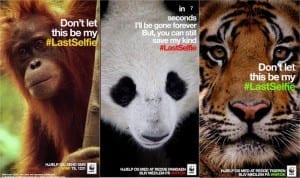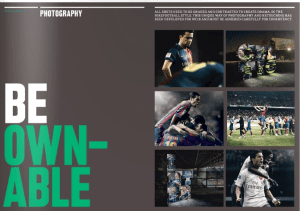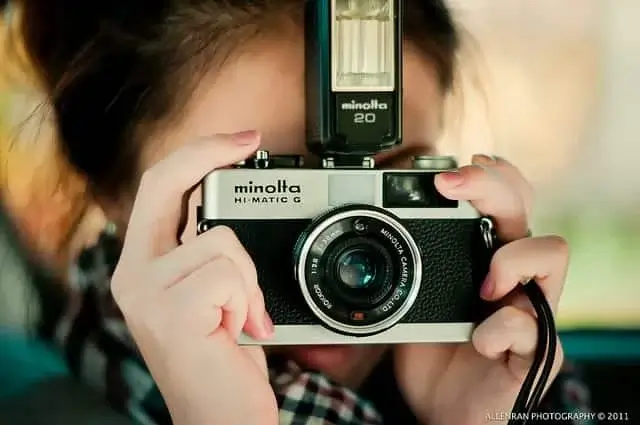The ninth step in Active Marketing’s branding process is defining the photography style that will be used across marketing platforms. This includes a set of guidelines that state what images can be used where, what formatting they must take, the emotions they should provoke and any ethical guidelines that need to be followed while choosing future images.
Photography in Marketing
Pictures are worth a thousand words, but pictures used in marketing are worth so much more than that. A well-placed photo could mean increased leads, which means more sales and, ultimately, more money. Photography provokes an instant emotional response and creates a trust that written words are unable to do. When a customer visits your website, the first thing they do is scan it to see if it’s relevant, helpful and reliable. Photos give them an immediate, concrete example of who your company is and entice them to stick around to see what it is about.
There are several reasons why photography is used across almost all marketing campaigns:
- To evoke an emotion – People are visual beings, seeing an image of a smiling child, an elderly couple, a puppy or someone struggling with depression will make them empathize with the subject and act on their emotions.
- To show what you do – A photo is an excellent opportunity to feature your facilities, treatments or staff. It shows the audience what you do and who you are, rather than just telling them.
- To build trust – When a consumer is able to visualize what they can expect from a purchase or service, they are much more likely to buy. This is especially important for purchases that are made online, where the audience is unable to physically see what you are selling.
The Photographic Style
The photographic style used in your brand should convey the distinct values and personality of the brand. In order to fully envelop your brand with effective images, we start by listing out the emotions and feelings we want the brand to reflect and the types of images that can get us there.
Photography should strengthen, reinforce and build on the personality, rather than merely fit into the requirement that it aligns with the brand. We will make a list of specific emotions and guidelines that can be used to guide the overall style.
Nike Football’s brand book is a great example. They provide large example images that lessen the need for a written descriptions and create greater clarity and understanding.




The Environment and Setup
We take into consideration things like whether your photos will be posed and set up prior to the shot, or candid, as if the subject never even knew the camera was there. Will the subject of your photos be of people, or of places and things? In what environment should people be photographed? If the subject is a person, will the person be engaged with the business, like attending a class or meeting, or will they be in a more neutral setting like walking down a sidewalk? These are all important questions, and we will answer all of them and document the type of images that are acceptable to use and why.
Photography Guidelines
We document every image we use along with a list of technical guidelines (such minimum and maximum resolution, image size, acceptable formatting, color, etc.) with example photographs that meet the guidelines and enhance the personality of the brand. This will allow us to pull from images used in the past and help future marketers stay true to your brand without having to do the extra legwork.
There may be cases where imagery of vulnerable people or situations may harm the subjects if their information is released. We make sure to 
We also create a list of rules that clearly state what types of images should be prohibited, and what imagery (like the faces of children) should be hidden from the frame. Additionally, some images may be insensitive to your market, like imagery of active drug use to the addiction treatment market. We make sure to document them so that no errors are made in the future.
